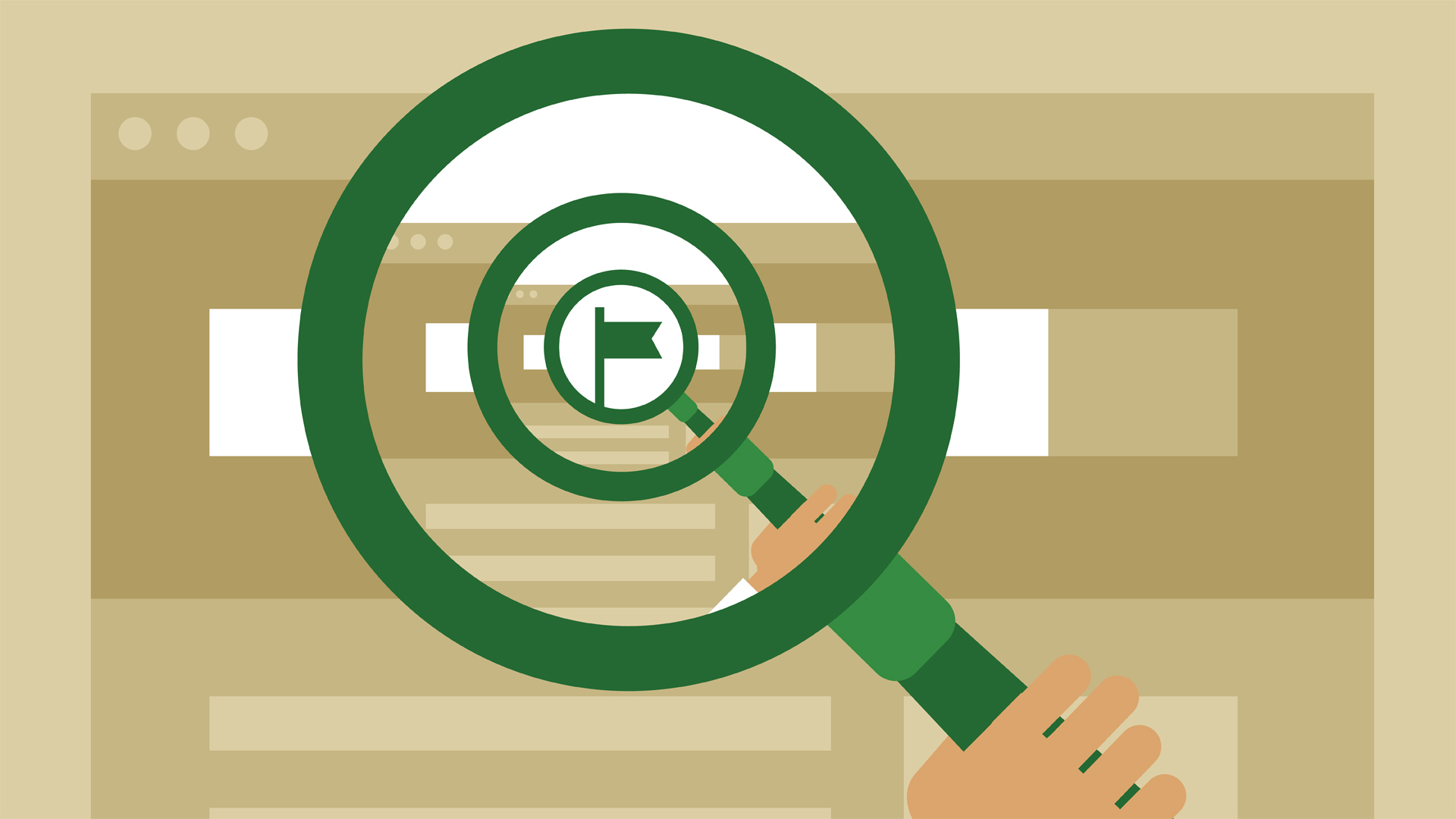Although a majority of businesses consider digital and automated HR functions as important, only a few of them end up choosing the right human capital management (HCM) solution. Businesses continue to invest in HCM systems riding high on factors such as scalability and AI capability. Little consideration is given to the fact that HCM exists to streamline HR workflows and maximize human capital. In other words, what today’s businesses need to understand is that present HCM solutions are not merely integrated personnel, payroll, and benefits processing systems, but they are powerful, sophisticated tools that can help in managing the workforce and contributing to the bottom-line.
Choosing the right solution provider is an important aspect in this regard, especially because HCM affects everyone in the company. Doing it right when it comes to choosing an ideal solution may remove much of the nagging problems. Here are a few pointers to consider while shopping for a HCM solution:
- Streamlined workflow: Organizations have certain HR procedural aspects that occupy much of their efforts. It is, therefore, important to target your biggest opportunity to drive efficiency. Whether it benefits administration, record-keeping, recruitment, regulatory compliance, or time and expense management, it would be best if you could pin down the HCM selection to focus on one component and then take it forward.
- HR software compatibility: Most HCM solutions are able to integrate with the existing HR software so that there is a reduced need for manual data transfers. It is important to choose a system that integrates HR functions into a single HCM platform.
- Mobile app: Given the changing nature of the workplace, a mobile version of HCM is convenient to use. Many HCM providers offer scaled-down versions of the application for mobile; however, it is important the user experience is consistent across devices.
- Self-service capabilities: By giving data access to staff, organizations can enable its people to enter and update their own personal information, check deductions, file applications, raise requests, etc. Much of the HR service administrative overheads are taken care of HCM.
- Analytics and reporting: By analyzing key transactional data and trends, HCM software should provide insight on cost, compliance and workforce components.
- Scalability: Vendors offer different HCM deployment plans depending on the organization size. By opting for a scalable HCM system, you are in effect future proofing your organization against technological advancements and market factors.
- Security: Encryption, authentication requirements, and other security measures are the norm in any HCM solution. Depending on the type of deployment, you can opt for an on-premise or a cloud-based solution. Remember, organizational data is often the target of hackers and attackers. Even though cloud-based HCM solutions provide greater security protections, they are not immune to attacks or theft of transactional data.
Disaster recovery: It is important to examine the disaster procedure with your vendor to check the safeguards present, vendor’s liability, control, and mitigation steps. In case of a “software as a service” (SaaS) vendor, it would be best to check the vendor’s compliance procedures in place first hand.
